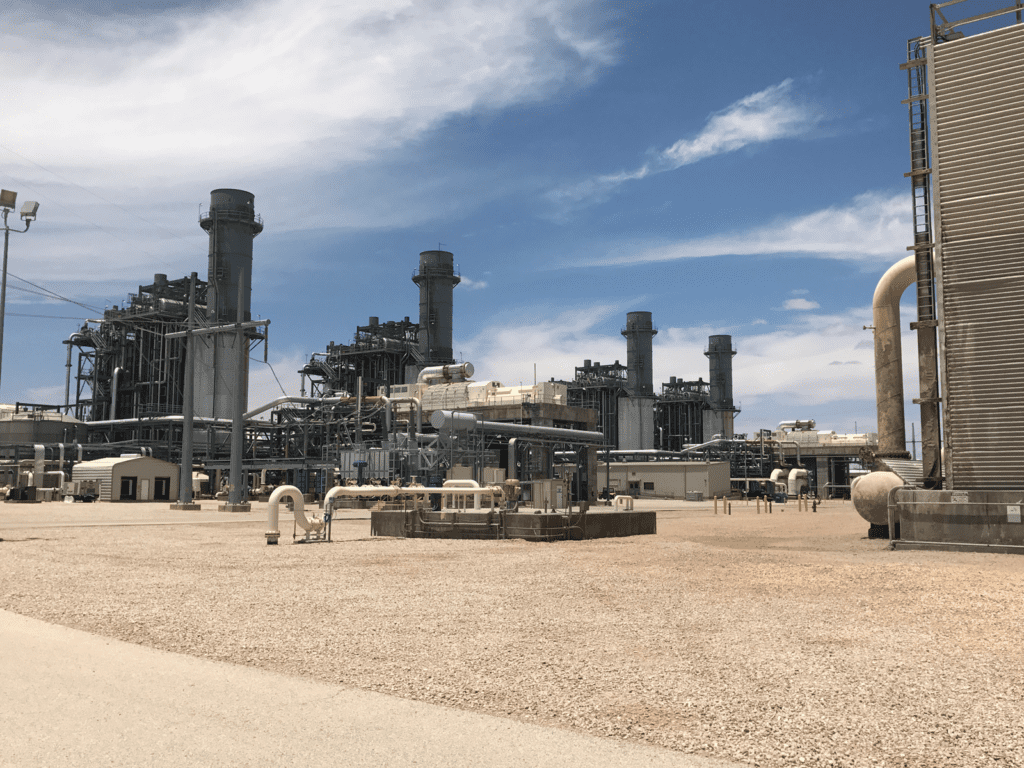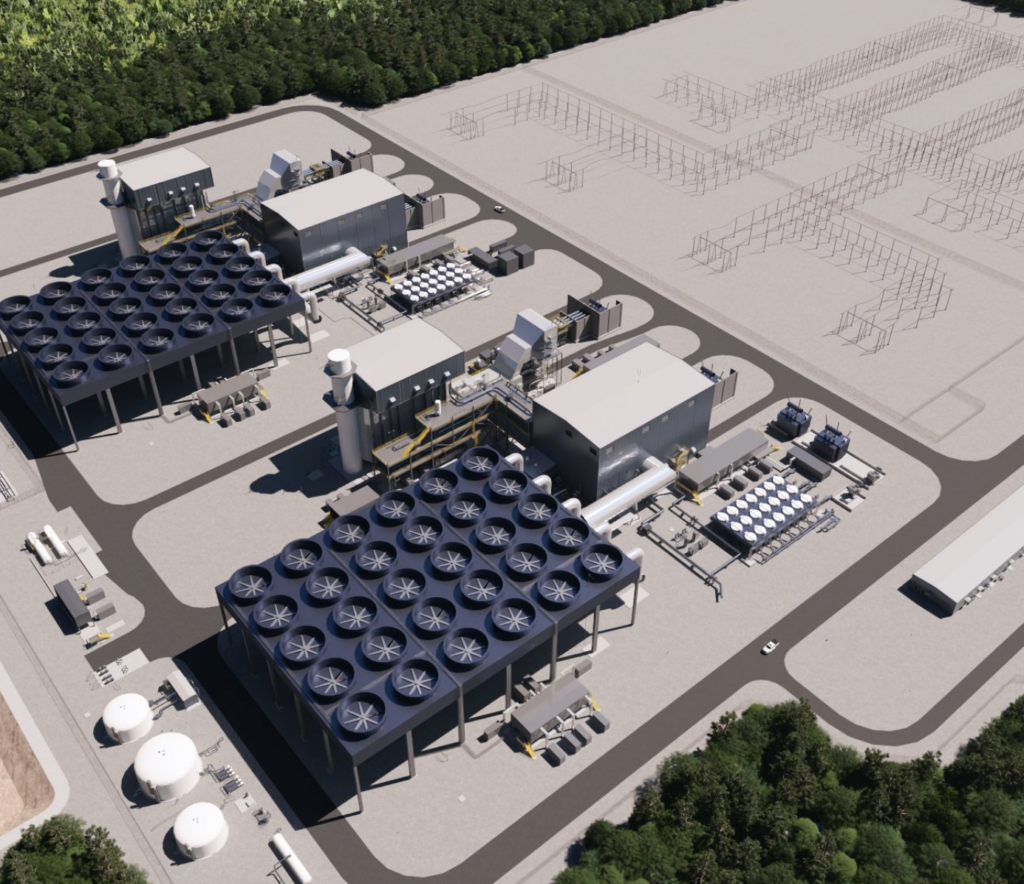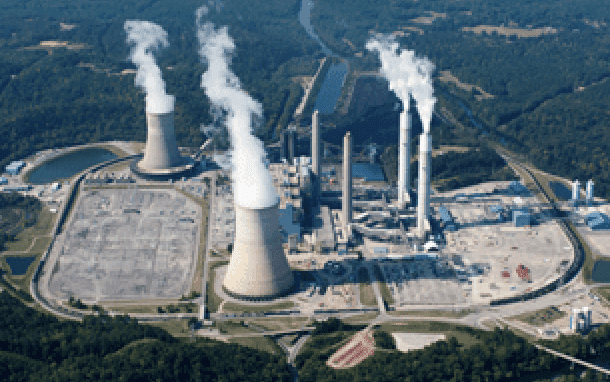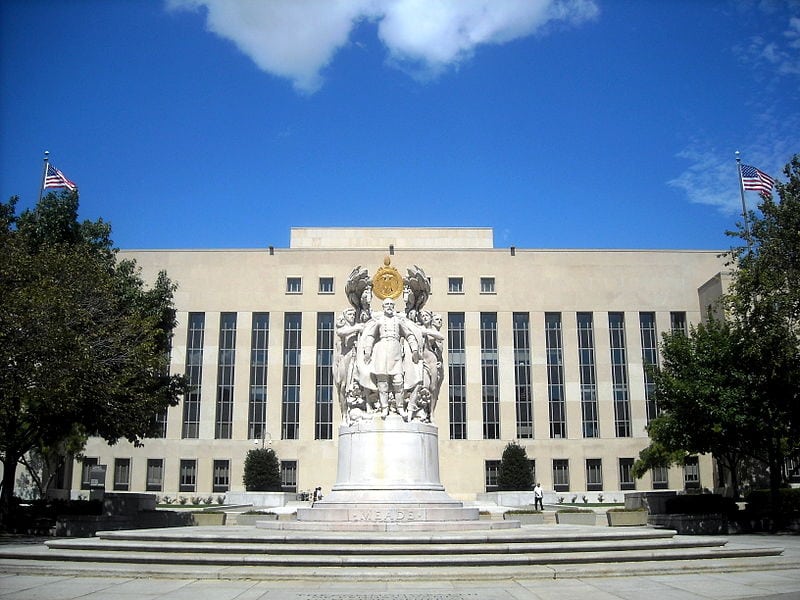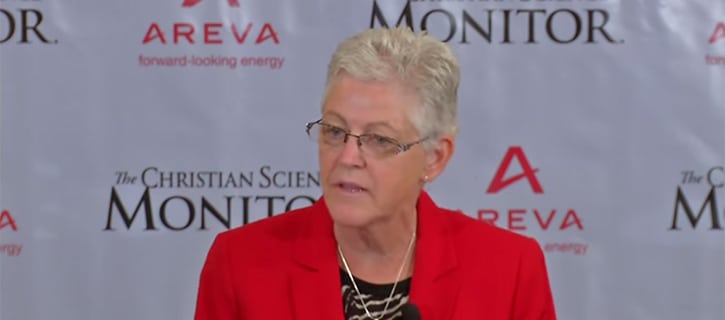Despite the unprecedented stay by the Supreme Court, the Environmental Protection Agency’s (EPA’s) Clean Power Plan will withstand legal challenges “based on its merits,” predicted the agency’s head, Gina McCarthy, at the IHS CERAWeek conference in Houston.
McCarthy discussed the plan and other recent initiatives to stem greenhouse gas emissions—including recently announced rules to curb oil and gas methane emissions—as well as other environmental rules that are stuck in legal quagmire.
Regarding the Mercury and Air Toxics Standards (MATS), which the Supreme Court has remanded to the agency to work on a final cost finding, McCarthy told reporters on February 24 that the EPA is “down to the stretch of having put a check mark on this one,” even though it is “respectful” of the legal process. McCarthy’s comments came as a coalition of 20 states asked Supreme Court Chief Justice John Roberts to stay the rule on February 23.
She later told POWER that the EPA recognizes that “coal will remain a part of [the U.S.] energy makeup.”
Along with the Clean Power Plan, the agency’s final carbon rules for new, modified, and reconstructed power plants would persist, she said, even though costs and technical issues have plagued the world’s only existing carbon capture and storage (CCS) power plant. “These standards rely on a wide range of data, information and experience—not on a particular project,” she explained.
“For new coal plants, EPA has determined that CCS is technically feasible because all of the major components of CCS—the capture, the transport, and the injection and storage – are available, integrated, and proven. We expect that new plants will be able to meet the new standards, which are in line with current industry investment patterns.”
On SCOTUS Stay: “My Head Hit the Table”
McCarthy, who joined the EPA in 2009 as assistant administrator for its Office of Air and Radiation, was confirmed—after a 136-day confirmation fight—as the agency’s head in July 2013, replacing Lisa Jackson. Under her short tenure as administrator, she has overseen the finalization of a bevy of environmental rules affecting the power sector. As well as the carbon rules and MATS, they include the ozone rule, the Cross-State Air Pollution Rule, coal ash rules, effluent limitations guidelines, the “Waters of the U.S.” rule, and the cooling water intake rule.
However, on February 24, she revealed she was disappointed by the Supreme Court’s unprecedented stay of the Clean Power Plan—mostly for “selfish” reasons. “I really wanted to be the one to sign that very first state plan approval,” she said. “My head hit the table,” she candidly told Daniel Yergin, IHS CERAWeek chairman and vice chairman of IHS, in a brief interview following the keynote address. “Only because it was unexpected. But within 10 minutes, I was back in action. EPA isn’t going to lose more than 10 minutes of its time. We’re just going to keep moving.”
The highest court in the U.S. on February 9 issued an unprecedented ruling to stay the controversial rule. In the week that followed, as at least two states suspended compliance efforts, the passing of Supreme Court Justice Antonin Scalia may have boosted the odds that the Obama administration’s efforts to stem power plant carbon emissions will pass judicial review.
For McCarthy and the EPA, the stay does not overturn “years of effort and state, federal and stakeholder collaboration” on the plan. “The Clean Power Plan was never meant to drive the energy transition that U.S. is now seeing, it was intended to understand it, so that you could continue to serve the public with a vital need, which is energy, and we can serve the public with the vital need of public health and addressing the challenges of an unstable climate,” she told conference attendees.
Clean Power Plan Winning on Its Merits
In the years that the EPA has spent working on the plan, the agency has developed a crucial network of relationships. “We have an army of individuals out there that are going to keep that momentum moving forward,” she said.
“[The plan] has sent the investment signals that we want, and in the end, we know that states like Virginia, Pennsylvania, Connecticut, Delaware, New York, Vermont, and Washington have already stood up and said despite the stay, we’re going to work with EPA and we’re going to submit state plans.”
Meanwhile, “under the radar,” the EPA has been working with states and utilities that have contested the agency’s authority to promulgate the plan to provide a “stable opportunity” for investments, she said.
“The Clean Power Plan on its merits will win,” she said. “In sum, if anyone thinks the EPA is done on climate, you better think again, guys. We’re not done; we’re running. As we have before, we’re going to keep the engines moving.”
McCarthy said that the expedited schedule ordered by the D.C. Circuit—which will see oral arguments begin on June 2—is good news, even though the agency “had a few more months to deal with this.”
—Sonal Patel, associate editor (@POWERmagazine, @sonalcpatel)




